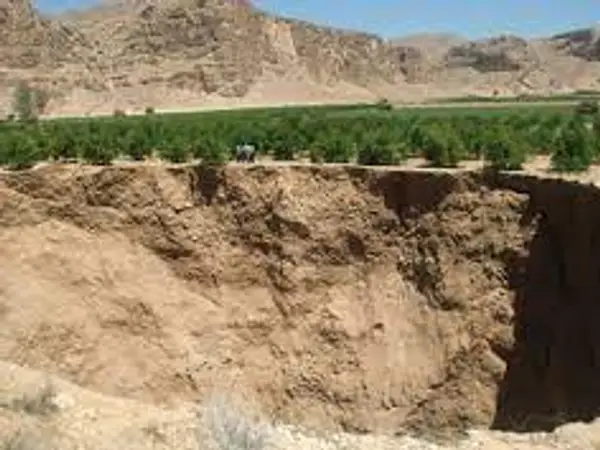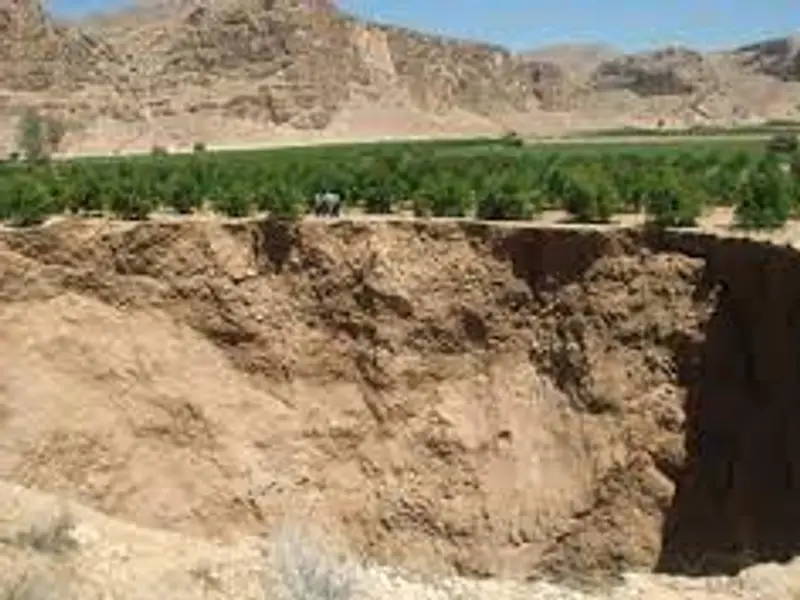Nearly half of Iran's population currently resides on or near areas prone to land subsidence, according to reports from the Ministry of Roads and Urban Development.
Ali Beitollahi, the head of the vulnerability research section at the Road and Urban Development Research Center, pointed out that subsidence areas are expanding, predicting that adjacent zones will soon be engulfed by the main subsidence plains.
He warned that “Tehran, Mashhad, Shiraz, Kerman, and most importantly Isfahan, are precisely in the subsidence area.”
In Isfahan, concerns are intensifying as the situation poses a direct threat to its historical edifices, including the iconic Naqsh-e Jahan Square and numerous ancient bridges.
The subsidence phenomenon could lead to irreversible environmental damage, including water resource depletion, reduction in agricultural outputs, transformation of fertile lands into deserts, and the formation of deep fissures in the earth.
Reports indicate that the subsidence issue has worsened considerably over the past five years, with Beitollahi emphasizing that the affected area in Iran has tripled in size during this period.
The threat is so significant that a minor earthquake could trigger a major catastrophe, particularly in Isfahan, endangering over 2.7 million lives. From 2020 to 2021, Isfahan experienced subsidence rates nearly 40 times higher than the global average.
The ongoing crisis threatens to jeopardize 380 cities and 9,200 villages across Iran in addition to its natural ecosystem.

